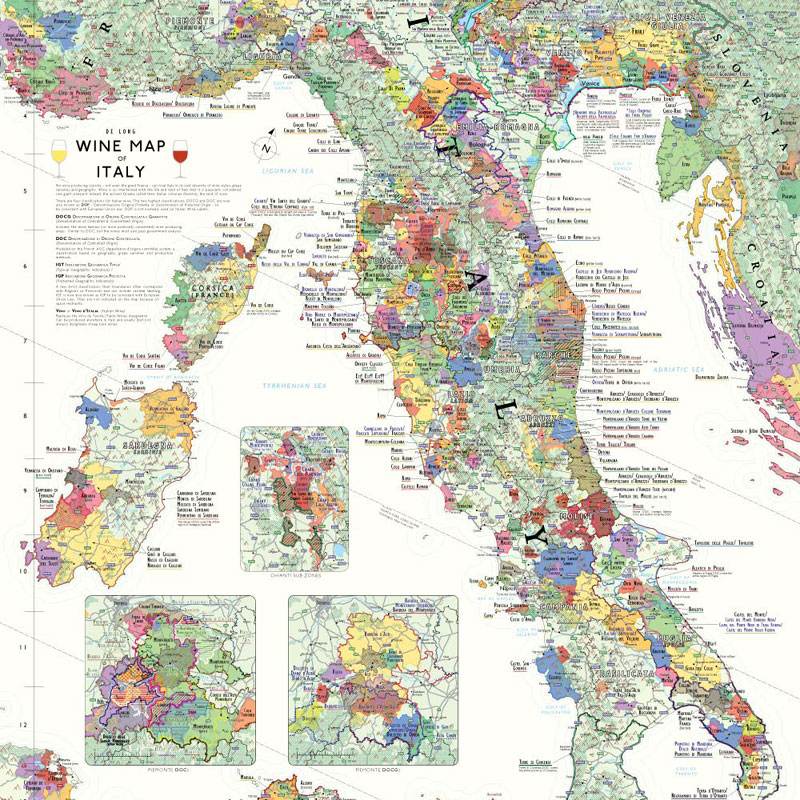
This region is highly mountainous and lush right along the coastline, with most of it being nature reserves and forests. AbruzzoĪbruzzo has one of Italy’s most contested identities. One of the most significant examples of that trend is the amphora-aged orange wines that are all the rage with Master Sommeliers. The region is known for its growing movement toward natural wines for sommeliers, with winemakers eschewing modernism for ancient techniques. The greatest wines are fresh and delicate despite the hot African winds and a Meditteranean climate. They also are making beguiling white wines from Moscato Bianco and Grillo. Today, they produce beautiful and magical wines from Frappato, Mascalese, and Nero d’Avola. With the help of winemaking legends like Giusto Occhipinti, Sicily turned its reputation from lousy to luxury in a few short decades. A reputation for weak wines was not a good fit. As a result, the few wines deemed good enough to bottle mediocre quality, leaving Sicily with an even poorer reputation. Historically, winemakers bent to market demands and opted for quantity over quality. The rich soils, high altitudes, and dry winds allow the island’s vineyards to produce a massive tonnage of grapes per acre. And the rest of the wines never even made it into a bottle: they were sold in bulk. The wines of Marsala had become a caricature of their former self. Greatly appreciated today not long ago, sommeliers turned up their noses at Sicilian wines. After that, super-Tuscans were the rock stars of the Italian coast. The laws eventually changed, but the die was set. The trouble was that the grape was not allowed in classic Tuscan wines like Chianti. Tuscan winemakers discovered they could make exceptional wines with Cabernet Sauvignon made great wines. Sangiovese has grown in Tuscany for so many centuries that it has adapted to nearly every microclimate in the region.Īs Sangiovese is to the classics, Super-Tuscan is to the modern. Brunelletto, Brunello, Cacchiano, Chiantino, Montepulciano, Morellino, Morellone, Pignolo, Prugnolo, Sangineto, Tignolo, Vigna Maggio, and many more have all been shown to be one grape. While grapes like Canaiolo, Colorino, and Mammolo grew in the region, DNA testing has shown a different story from all the others. This was not unfounded, as the grapes grown in each tiny hamlet were as different from one another as any red wine could. Before DNA testing, it was thought that Tuscany was home to hundreds, if not thousands, of grape varieties.

Before the rise of Rome, Tuscany was the home of the Etruscans, an ancient winemaking culture with connections to the Phoenicians.Īt the center of wine production, the grape is Sangiovese, a quixotic grape once believed not to exist. Tuscany is a mesmerizing place and Italy’s oldest wine-growing region. No place loves Italian more than the coastal stretch from Massachusetts to Delaware, where over ten million Italian-Americans live. In America, Italian wine is beloved by large swaths of people. It has risen above France as the world’s largest wine producer in recent years. First, Barolo became the new luxury wine god, then Amarone Della Valpolicella. In the 1980s, Italy’s economic fortunes rose and brought the wine trade with it, Since then, quality levels have multiplied, and international fame was not far behind. Wars and political misadventures turned the advantages of culture into the burden of stagnation. That all began to unravel in the first half of the 20th Century. Italy has a rich history with wine, dating back thousands of years.


 0 kommentar(er)
0 kommentar(er)
